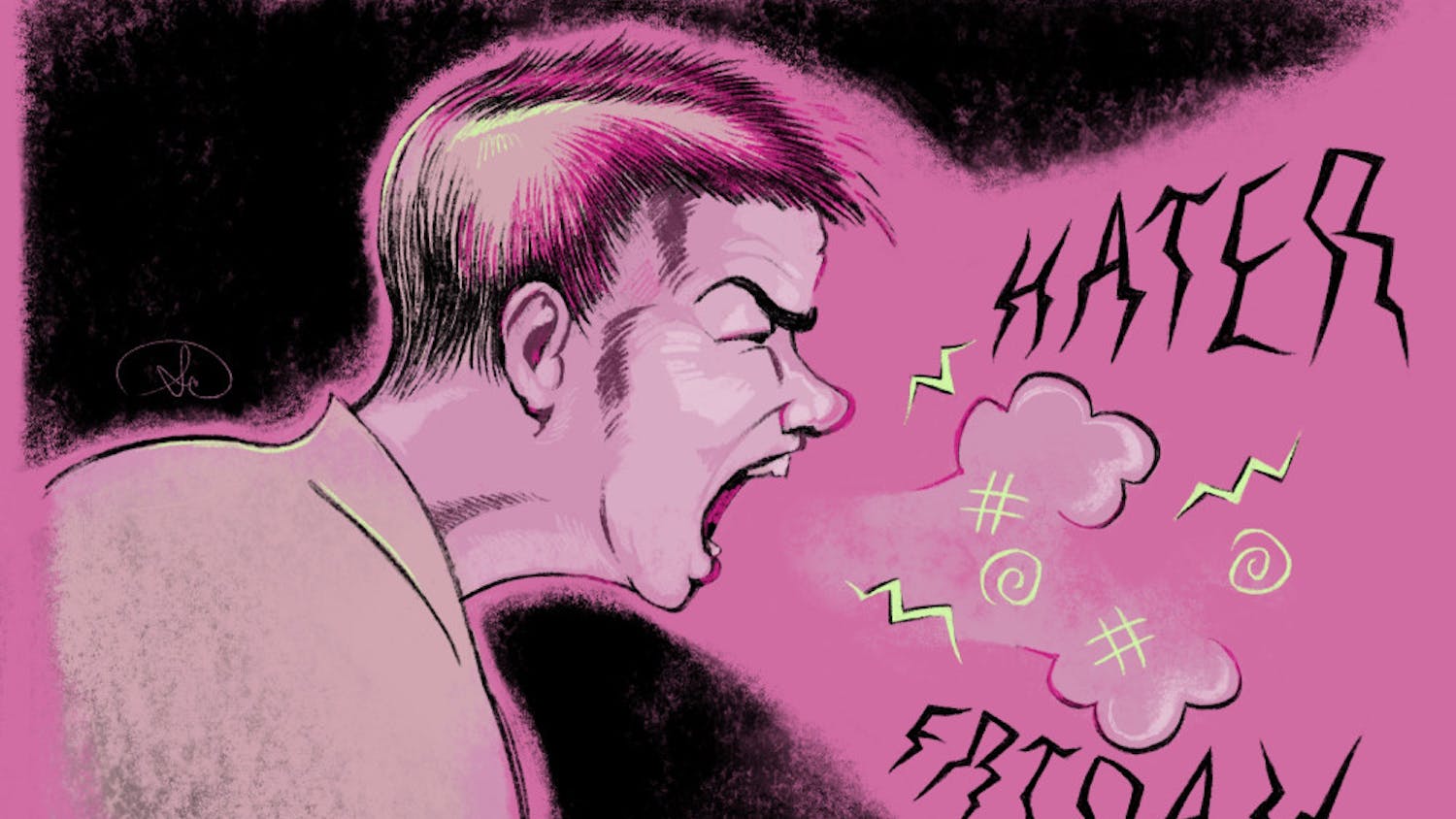It was a death march — an endless river of colorful TikToks that Pixar had the gall to call “advertisements.” I groaned every time I scrolled to see another tiny, animated child — looking like it was scrapped from some GrubHub or AT&T commercial — screaming or crying without context as the title Win or Lose flitted across my screen. “What is Pixar even doing at this point?” I thought. “This is just sad.” As the brand’s first ever animated series, this marketing campaign was truly criminal, reeking of “Hey there, fellow kids!” energy. The worst part — not a single one of these “ads” even explained the plot of the show. When it finally premiered on Disney+ on Feb. 19, I clocked in to hate-watch. Now, after finishing the first season last week, I can safely conclude:
This show is a must-watch masterpiece.
No, this is not a strange case of Stockholm syndrome; I genuinely believe Win or Lose is a surprisingly groundbreaking achievement for Pixar, and I implore everyone to give it a shot when the chance arises. From devastatingly relatable slice-of-life scenarios to jokes that will get you laughing quite audibly, every second of this project is pure gold.
What makes Win or Lose most unique and engaging is the bold approach to storytelling, one that can be understandably awkward to explain in short teasers. Essentially, this series exploits an anthological narrative, following eight characters who are each associated with the same middle school softball team as it prepares for the championship game. Players, parents and even the umpire get their own episodes to explore their inner monsters and motivations as the big day slowly lurches closer. Each plot carries the weight of a heart-touching theme, such as the anxiety of being a liability to your friends or losing the love of your life to someone else. What I immediately fell in love with upon watching was how the series explores perception and psychology. Some repeated scenes play out completely differently when in another person’s perspective; despite the objective situation being the exact same, people have different memories and interpretations of what happened. The emotive color palette and multimedia visual direction make up for somewhat lackluster character designs and perfectly illustrate how both the world and the way we interact with it completely transform when we experience life like a melodrama — soaked in anguish, heartbreak, vulnerability, etc.
Similarly to Pixar’s Inside Out, these emotions and personal facets materialize into something non-diegetic and nearly tangible to the viewer. A great example of this is the first episode, in which a girl named Laurie struggles to reach her teammates’ caliber of athleticism. Beating herself up for almost costing her team an important win, she gets increasingly anxious and squirrely, sweating up a storm as she raises the bat. The rivulets cascading down her body from her pores accumulate into a little wet blob that climbs up to her shoulder, sprouts a face and echoes all of her insecurities into her ear. Don’t pretend you have never experienced this exact feeling in your life. If we as a society were still afraid to shed light on these emotions and acknowledge how they shape our relationships, we would never have learned how to reconcile with them by healthy means. Water would still be filling our lungs, and no one would be able to hear us no matter how hard we screamed.
The concepts are very well executed and do more than mimic Inside Out. Here, Laurie is seemingly interacting with the awkward embodiment of her insecurity. As more characters get their time to shine and flesh out, various illustrative devices are constructed beyond personifications and open windows into our heroes’ psyches. Picture a defensive middle-aged man summoning a suit of armor to deflect verbal attacks on his life choices, or a girl who literally starts to float as she conquers body dysmorphia and pressure from her father.
Win or Lose likes to tackle timeless issues in a modern landscape. For instance, one household is highly dependent on their electronic devices, and the plot thickens as the audience learns why that is. The heartfelt story of a mother struggling with her child's growing autonomy is one thing, but for that mother to be a social media influencer and her child a Machiavellian online vender, the storytelling takes a fun and intriguing approach. Some central themes and messages are mildly reminiscent of The Glass Castle by Jeannette Walls, just toned down for a more family-friendly experience.
Overall, I am more than satisfied by my exploration of Pixar’s Win or Lose, and believe it is necessary for people of every demographic to enjoy it for the instant classic that it is. Though its marketing campaign failed to do the source material justice, the sheer quality of the project picked Win or Lose out of the mud and allowed merit to win. I judged a book by its cover and almost missed out on a gutting emotional experience because of it. Whether you end up liking the series or not, it will definitely make you grow as a person. After all, it is not about winning or losing, but how you play the game.
Marc Staiano is a sophomore in the College of Arts and Sciences. He can be reached at mcs382@cornell.edu.











